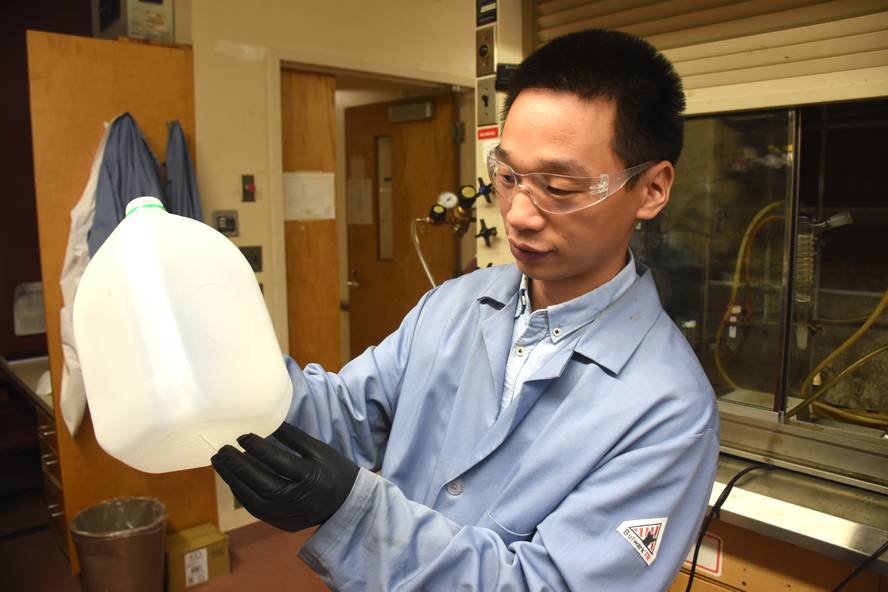Develop the method of making soap from plastic waste

At Virginia Tech University (USA) they have developed a method for obtaining surfactants from certain plastic residues. Research, published in the journal Science, has announced that surfactants obtained can be used for the manufacture of soap, detergent and other high-value products, providing a solution to plastic waste.
The method is based on the similarity between polyethinol, one of the most commonly used plastics, and a fatty acid used in the manufacture of soap. In fact, both are made up of long chains of carbon atoms, although fatty acids eventually have another group of atoms.
To make soap from polyethylene, polyethylene is first decomposed by thermolysis and then cooled to stop decomposition. So they got waxes. Other processes such as saponification were used to elaborate soap with wax.
Although they have used the computational model and other processes to improve this initial methodology, they affirm that it is easy and that catalysts are not needed. Moreover, they indicate that it can also be used with other conventional plastic, polypropol, and even mixed. This greatly facilitates their use, usually for recycling, since first it is necessary to separate them. Finally, they stress that the impact on the environment is low.





